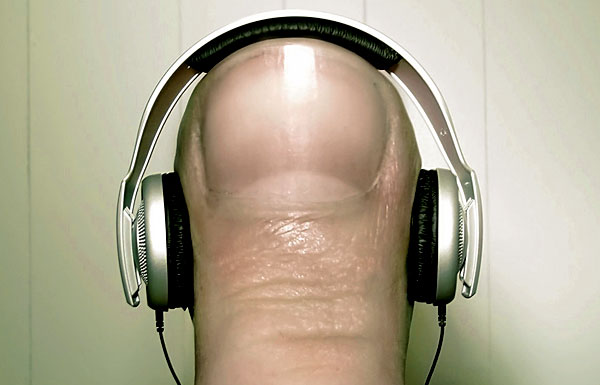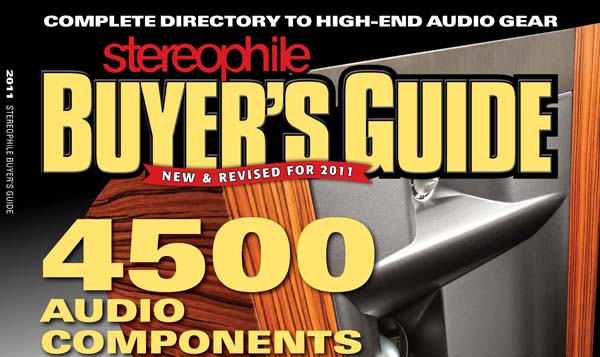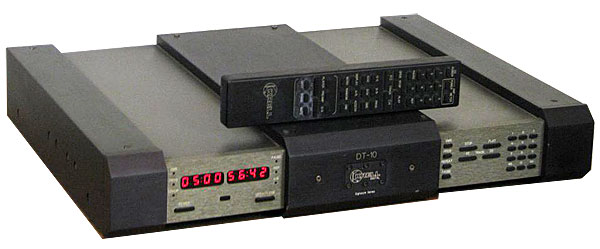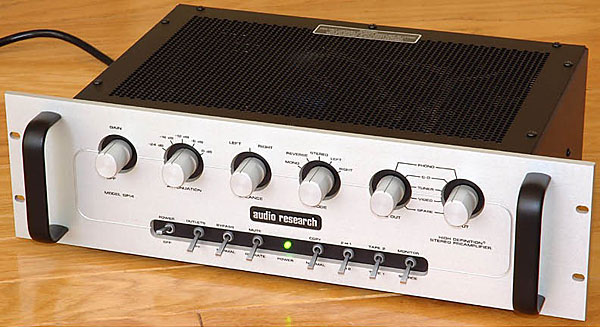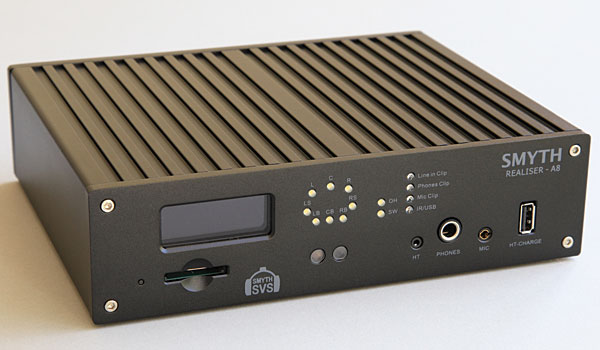Recordings of June 1989: Strauss: Also Sprach Zarathustra
 These are two very fine discs. Both convey to perfection the full weight of Richard Strauss's opulent orchestration for Zarathustra without the slightest hint of distortion, despite the huge dynamic range both employ. Both have the measure of the venues they are recorded in: Denon's Lukaskirche actually gives the impression of an acoustically superior concert hall, and it is astonishing to discover from the insert notes that the well tuned-in and integrated organ has been post-synchronized from the Schauspielhaus, Berlin.
These are two very fine discs. Both convey to perfection the full weight of Richard Strauss's opulent orchestration for Zarathustra without the slightest hint of distortion, despite the huge dynamic range both employ. Both have the measure of the venues they are recorded in: Denon's Lukaskirche actually gives the impression of an acoustically superior concert hall, and it is astonishing to discover from the insert notes that the well tuned-in and integrated organ has been post-synchronized from the Schauspielhaus, Berlin.
Telarc's disc is their first of the Vienna Philharmonic, and their first from the Musikvereinsaal. It can hardly be faulted, except perhaps for the consistent richness of its more tonally refulgent soundsome may find this oppressive. But it does reflect perfectly Previn's more emotionally charged, almost maniacal response to this score. It is the kind of music he excels in; the meditative, almost ponderous fugue giving way to the near hysteria of "The Convalescent," and reflecting real joy at the climax of the "Dance Song." Previn is living these colorful swings of emotion, and if he makes great demands of the score in doing so (just as Blomstedt does), then his intuitive balance renders this all the more convincing.

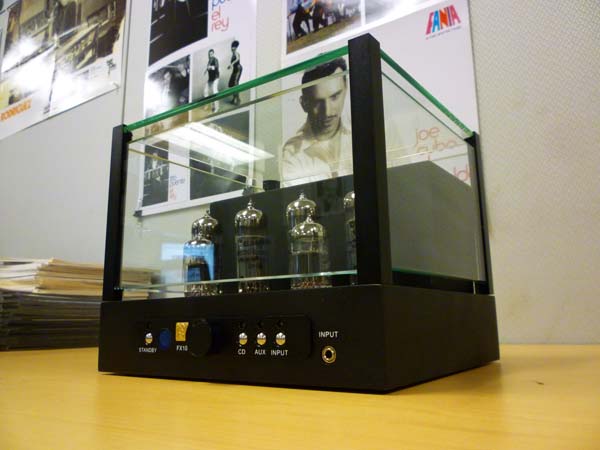

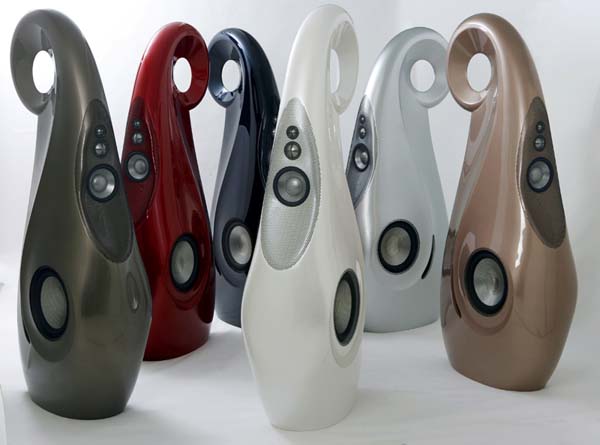
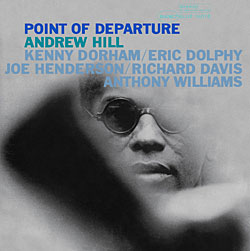 Music Matters Jazz—the L.A.-based audiophile label that reissues classic Blue Note titles, each on twin slabs of thick, quiet vinyl, mastered at 45 rpm and eased into gorgeous gatefold packages—keeps churning them out.
Music Matters Jazz—the L.A.-based audiophile label that reissues classic Blue Note titles, each on twin slabs of thick, quiet vinyl, mastered at 45 rpm and eased into gorgeous gatefold packages—keeps churning them out.
